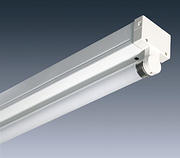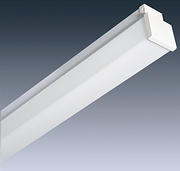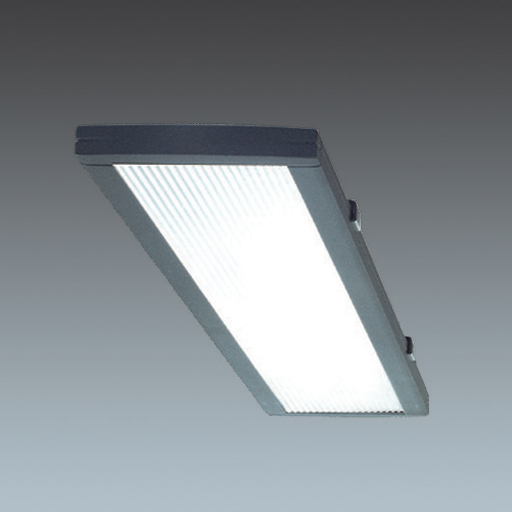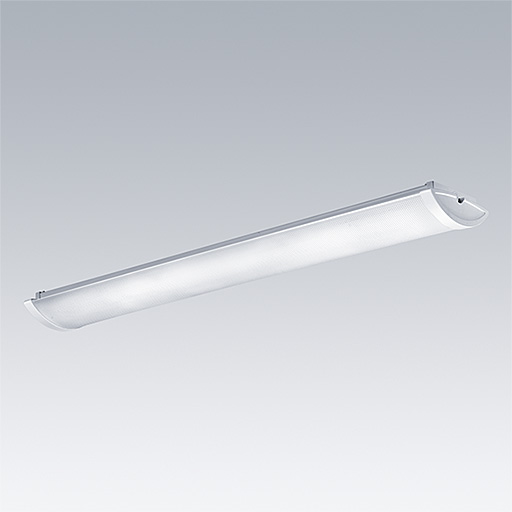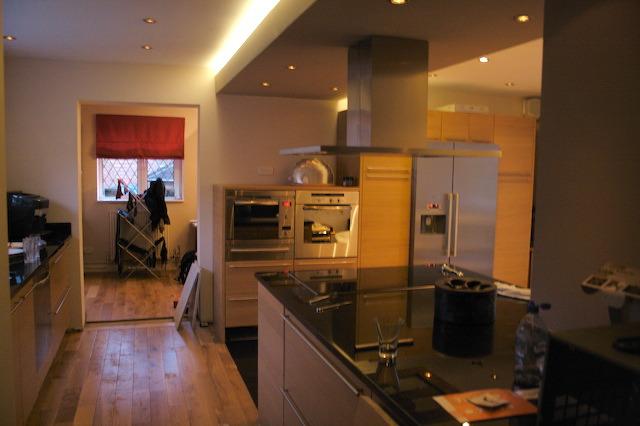[Makes mental note to bookmark this topic for future reference.

]
ub7, leeco - the problem you have has its roots in the type of lights you have, not in the type of bulbs that are in them.
They are not designed to light up rooms, which is why you need to compensate for that by having masses of the things, and that is when the cost of running that many watts becomes the problem you notice.
Recessed lighting can be OK, but only in large sizes.
The little 2" diameter ones came out of the retail display market, where they were designed to throw small pools of light onto individual items. Ever noticed how a common term for them is
spotlights?
They are actually specifically designed to
not be any good for providing general room illumination.
I sometimes refer to them as torches, and if you look at the business end of a Maglite you'll see a marked similarity to an MR16 lamp.
Fiddling with the lamp technology does nothing to address the problems of the format.
In places like kitchens, bathrooms, WCs, possibly hallways and landings where you just want unobtrusive efficient lighting that just gets on and does the job, something like this is ideal:

Or, for kitchens in particular, there's a lot to recommend good old tried and trusted fluorescent strip lights.
They don't have to look like this:
For example the top right one here:

or these:
And these are all from one maker.
Fluourescent lights can be dimmed. If you find one you like which isn't dimmable, look to see how easy it would be to replace the ballast with a dimmable one (which you can often find on fleaBay).
But you wouldn't want any of the above in living rooms, dining rooms, bedrooms. Back to looking in lighting shops and websites - cast your net wider than the limited range of cr*p they have in the sheds. As the old saying goes, if all you have is a hammer, everything looks like a nail. And if all you do is look in DIY sheds everything that isn't hideous looks like a downlighter.
In terms of basic technology, as well as fluorescent and LED, look into magnetic induction lamps, dielectric barrier discharge lighting (Osram have been sitting on their Planon technology for b****y years, which is a shame), and
Electron stimulated luminescence.
If you want LED, again go for larger sizes, e.g. the Thorn BaseLED.
Think if you could use cold cathode neons:

here's an example of that in a domestic kitchen showing that it isn't only suitable for nightclubs and hotel foyers:
(Ignore the fact that there are also torches in there

)



